Introdução
Gloves play a crucial role in various industries, providing a protective barrier for the user. However, not all gloves are created equal. Food gloves and medical gloves, for instance, have different specifications due to the unique demands of their respective industries. This article will delve into the key differences between these two types of gloves, with a focus on those manufactured by Wuhan Youfu, a leading provider of quality plastic gloves.
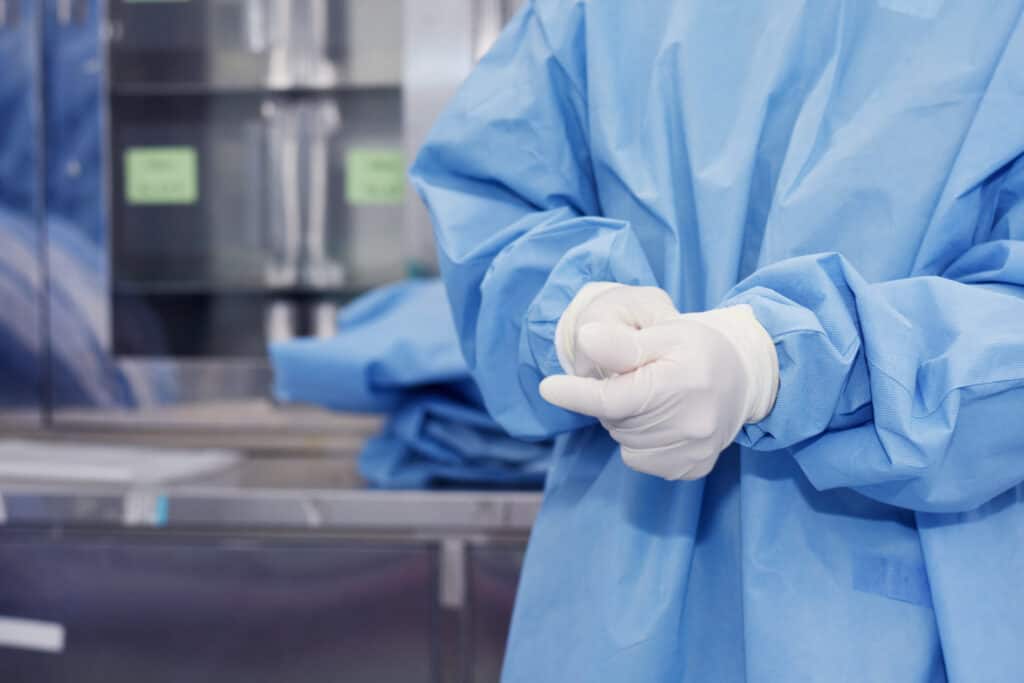
Material Composition
Food gloves are typically made from materials such as polyethylene (PE), cast polyethylene (CPE), or thermoplastic elastomer (TPE), like those manufactured by Wuhan Youfu. These materials are safe for food contact, affordable, and easily disposable. On the other hand, medical gloves are often made from nitrile, latex, or vinyl, providing a higher level of protection against chemicals and pathogens.
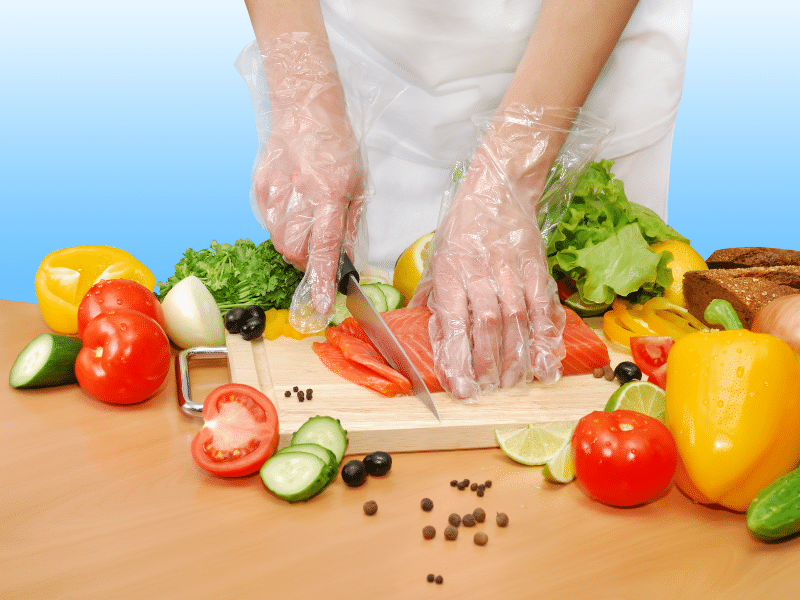
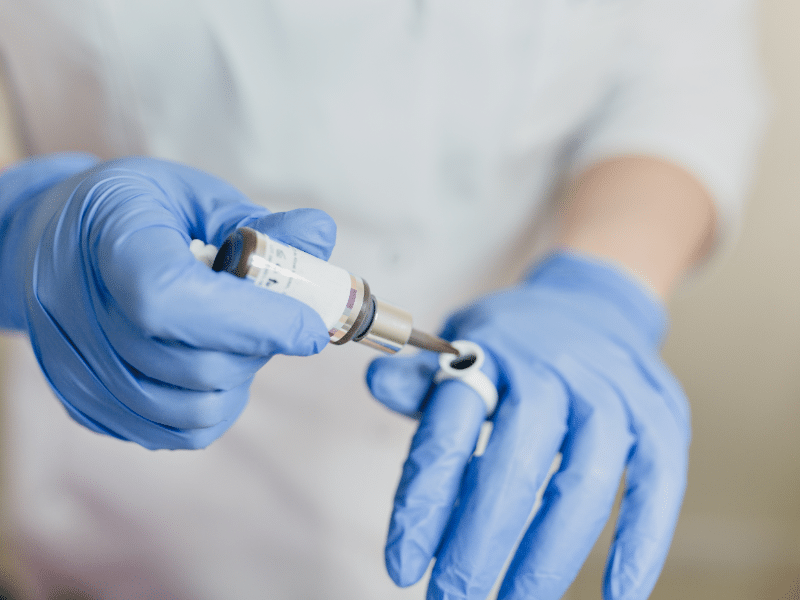
Durability & Strength
The durability and strength requirements differ between food and medical gloves. Food gloves need to be strong enough to prevent tearing during use but are typically not subjected to extreme conditions. Medical gloves, however, need to be highly durable and puncture-resistant due to the precise and sometimes sharp nature of medical procedures.
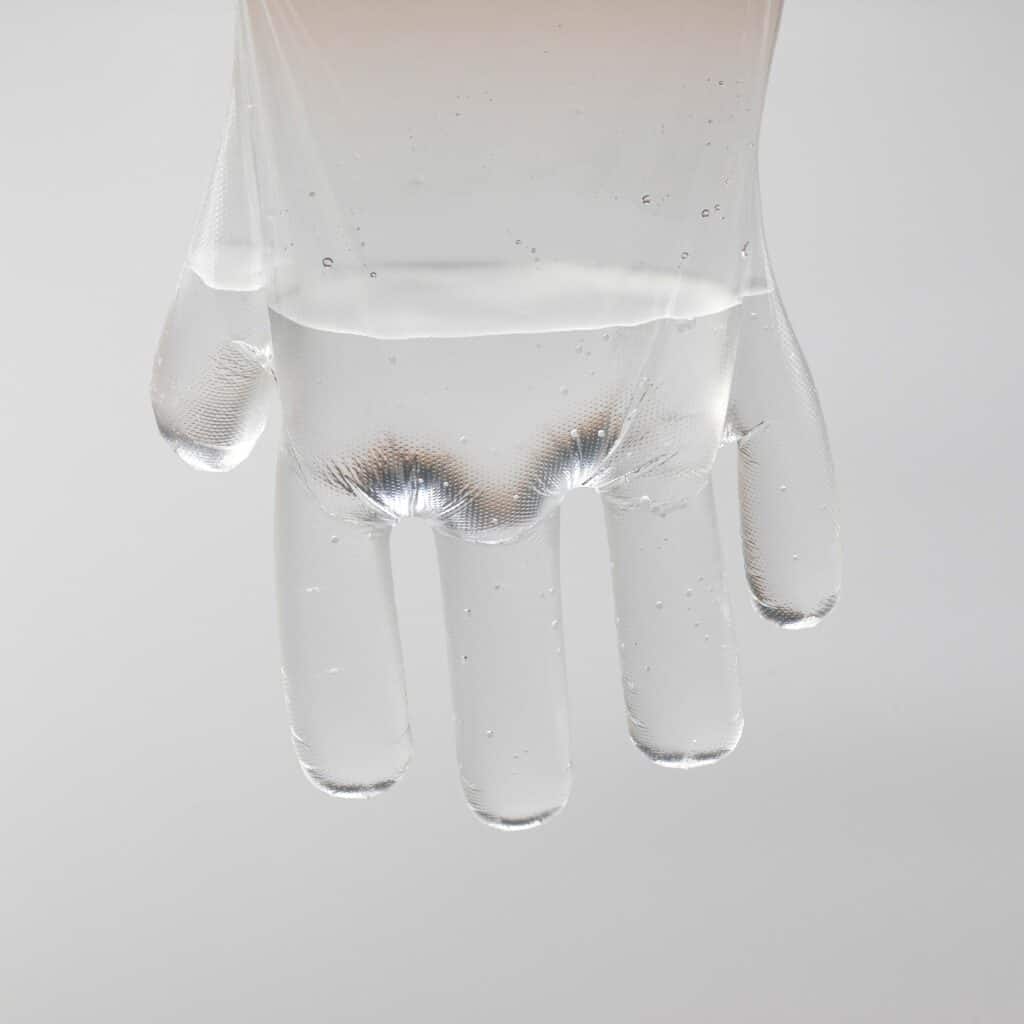
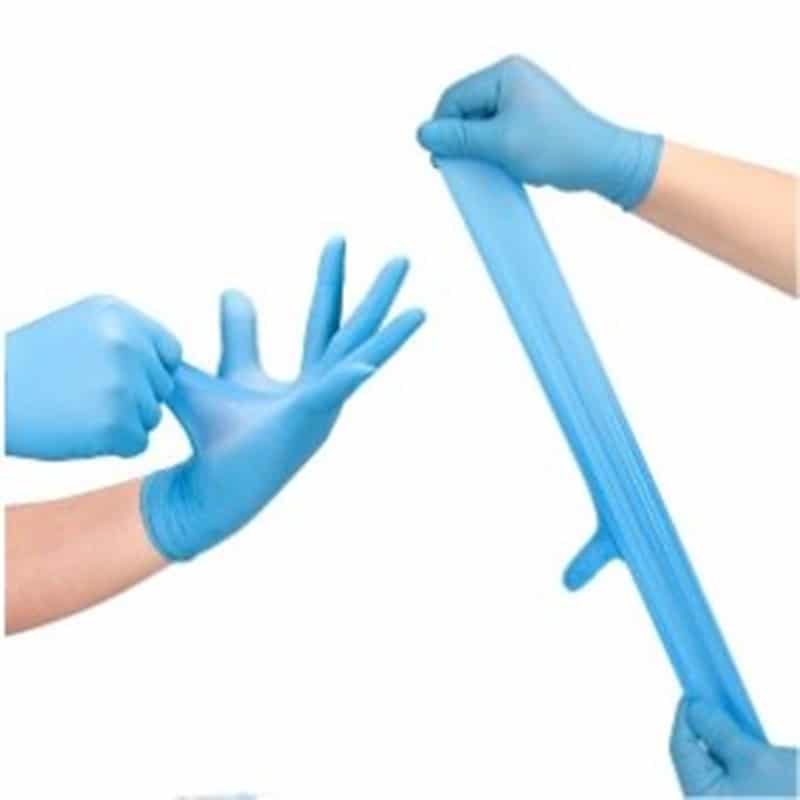
Sterility Requirements
Sterility is a crucial factor when considering gloves for different applications. While food gloves need to be clean, they don’t generally need to be sterile. In contrast, medical gloves often need to be sterile, especially when used for surgery or other invasive procedures.

Fit & Comfort
The fit and comfort of gloves also vary between the food service and medical industries. Food gloves are often looser and designed to fit a variety of hand sizes. Medical gloves, however, are usually more fitted, providing a better sense of touch that’s crucial for medical procedures.
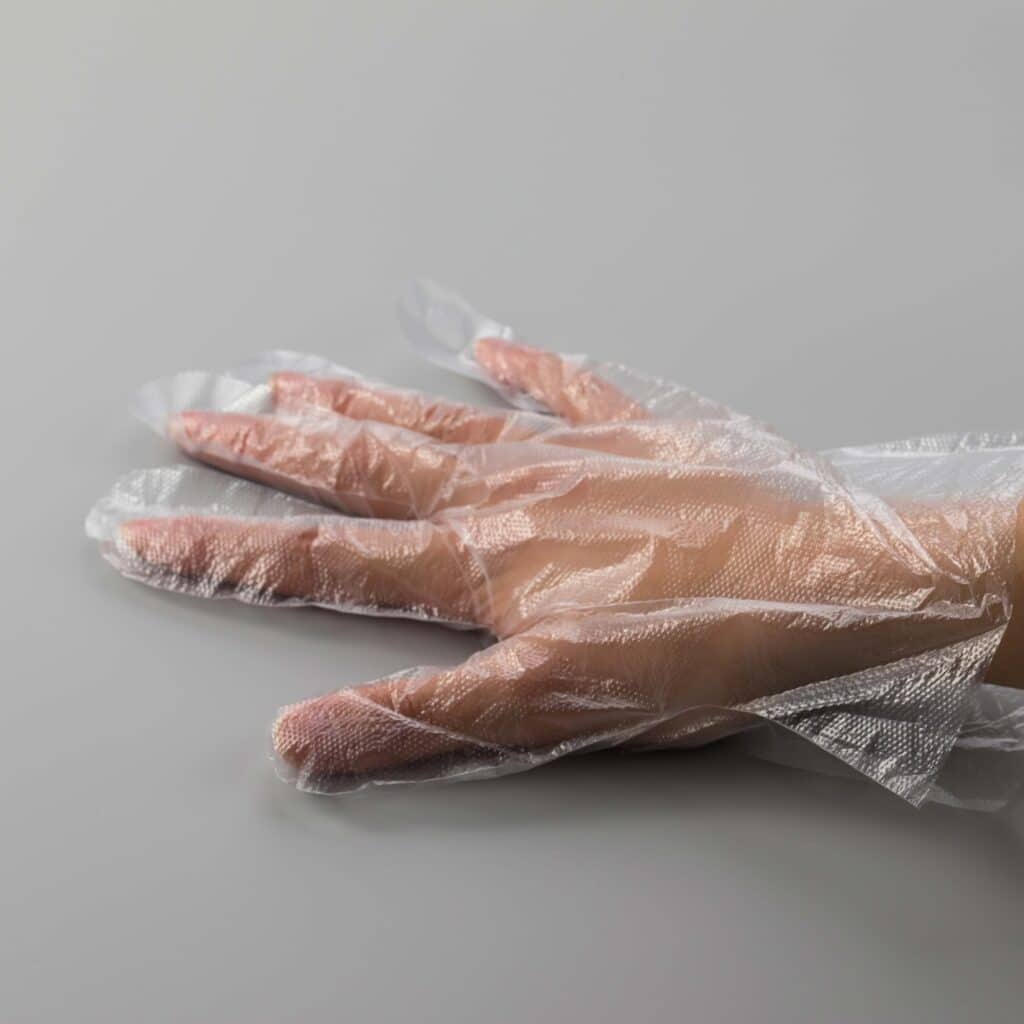
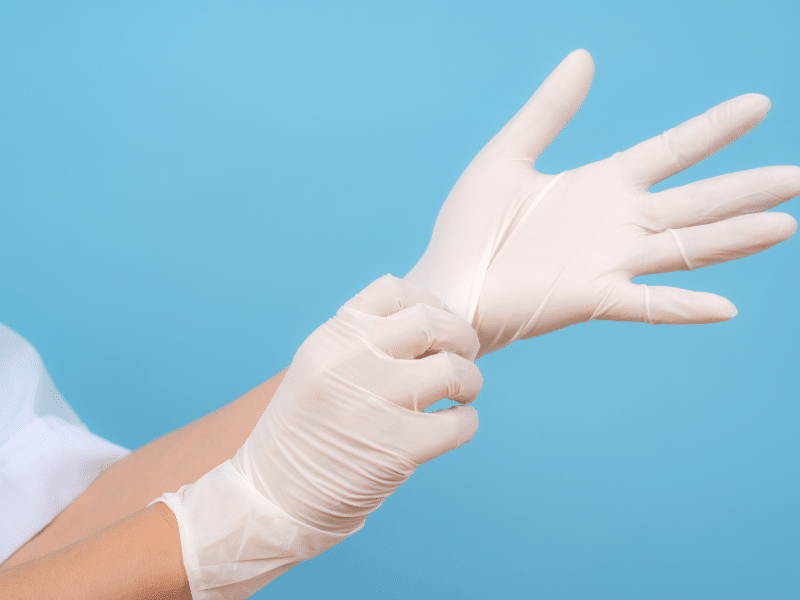
Regulatory Standards
Both types of gloves are subject to regulatory standards, but the requirements differ significantly. Food gloves must comply with food safety regulations, ensuring they are safe for food handling. Medical gloves, on the other hand, must meet stringent standards set by health authorities, ensuring they are effective in preventing disease transmission.
Conclusão
In summary, while both food and medical gloves serve to protect the user, the material, durability, sterility, fit, and regulatory requirements for each differ significantly. Understanding these differences is crucial in choosing the right gloves for your specific needs. Companies like Wuhan Youfu offer a range of high-quality food gloves that meet industry standards, ensuring safety and hygiene in food handling processes.

FAQs
- What materials are commonly used in food gloves?
- Food gloves are commonly made from materials like PE, CPE, and TPE.
- Are medical gloves more durable than food gloves?
- Yes, medical gloves are generally more durable and puncture-resistant than food gloves.
- Do food gloves need to be sterile?
- While food gloves need to be clean, they don’t usually need to be sterile like medical gloves.
- Why do medical gloves fit more snugly than food gloves?
- Medical gloves are designed to fit snugly to provide a better sense of touch, which is crucial for precise medical procedures.
- Can I use food gloves for medical purposes?
- No, food gloves do not meet the stringent sterility and durability requirements of medical gloves and should not be used for medical purposes.










